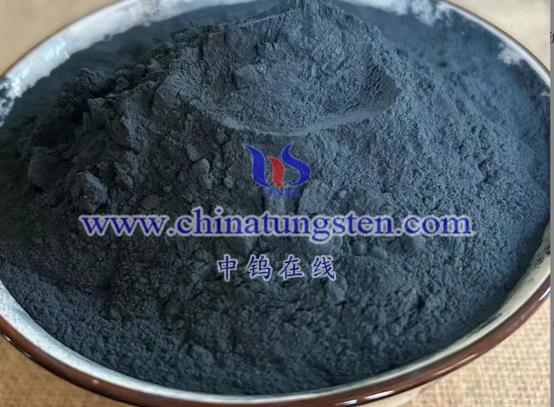
Controlling the morphology of tungstate nanowires is a complex and precise process that involves multiple factors, including reaction conditions, selection of structure-directing agents, and optimization of the reaction system. Here’s a detailed analysis:
- Control of Reaction Conditions
- Temperature: The reaction temperature significantly affects the morphology of nanowires. Higher temperatures can accelerate growth but may lead to aggregation or unwanted morphologies if too high. Selecting an appropriate temperature based on the specific system is essential.
- Time: Reaction time is another key factor for morphology control. Longer reaction times typically yield longer nanowires, though the diameter may remain constant or slightly increase.
- pH Value: The pH of the reaction system also influences the morphology. Different pH conditions can alter the growth rate and shape of nanowires, so precise control is needed during synthesis.
- Selection of Structure-Directing Agents
Structure-directing agents are crucial for controlling the morphology of tungstate nanowires, guiding growth direction and size. Common agents include surfactants, polymers, and inorganic compounds.
- Surfactants: Agents like cetyltrimethylammonium bromide (CTAB) and sodium dodecyl benzene sulfonate (SDBS) can form complexes with tungsten precursors or adsorb onto nanowire surfaces, influencing their growth direction and morphology.
- Polymeric Compounds: Compounds like polyvinylpyrrolidone (PVP) have long chains and functional groups that interact with tungsten precursors, affecting growth. Selecting the right polymer can fine-tune nanowire morphology.
- Inorganic Compounds: Certain inorganic compounds can also serve as structure-directing agents, guiding nanowire growth through their specific crystal structures and chemical properties.
- Optimization of the Reaction System
In addition to the above factors, optimizing the reaction system is necessary for achieving the desired morphology:
- Stirring Speed: Appropriate stirring speeds promote uniform mixing and growth. However, excessive speeds can lead to breakage or undesirable shapes.
- Solvent Selection: The properties of the solvent impact morphology. A good solvent should effectively dissolve reactants and products, facilitating the reaction and ensuring quality morphology.
- Additives: Sometimes, additives like salts or acids are required to adjust system properties and promote growth. These can interact with reactants and alter growth dynamics, affecting morphology.
Conclusion
Controlling the morphology of tungstate nanowires is a multifaceted process requiring a careful consideration of various influencing factors. By optimizing reaction conditions, selecting appropriate structure-directing agents, and fine-tuning the reaction system, it is possible to achieve precise control over nanowire morphology and obtain materials with excellent performance.
More details of tungsten oxide product, please visit website: tungsten-oxide.com
Please contact CHINATUNGSTEN for inquiry and order of tungsten oxide:
Email: sales@chinatungsten.com
Tel.: 86 592 5129595











